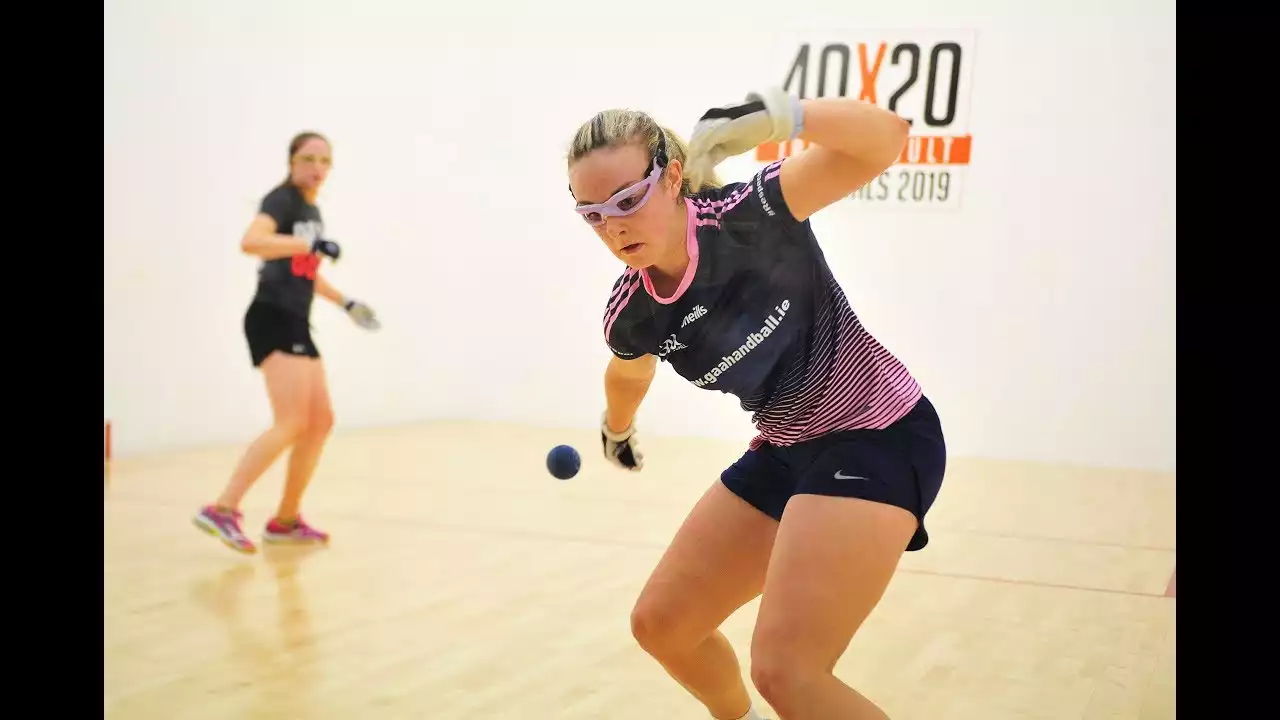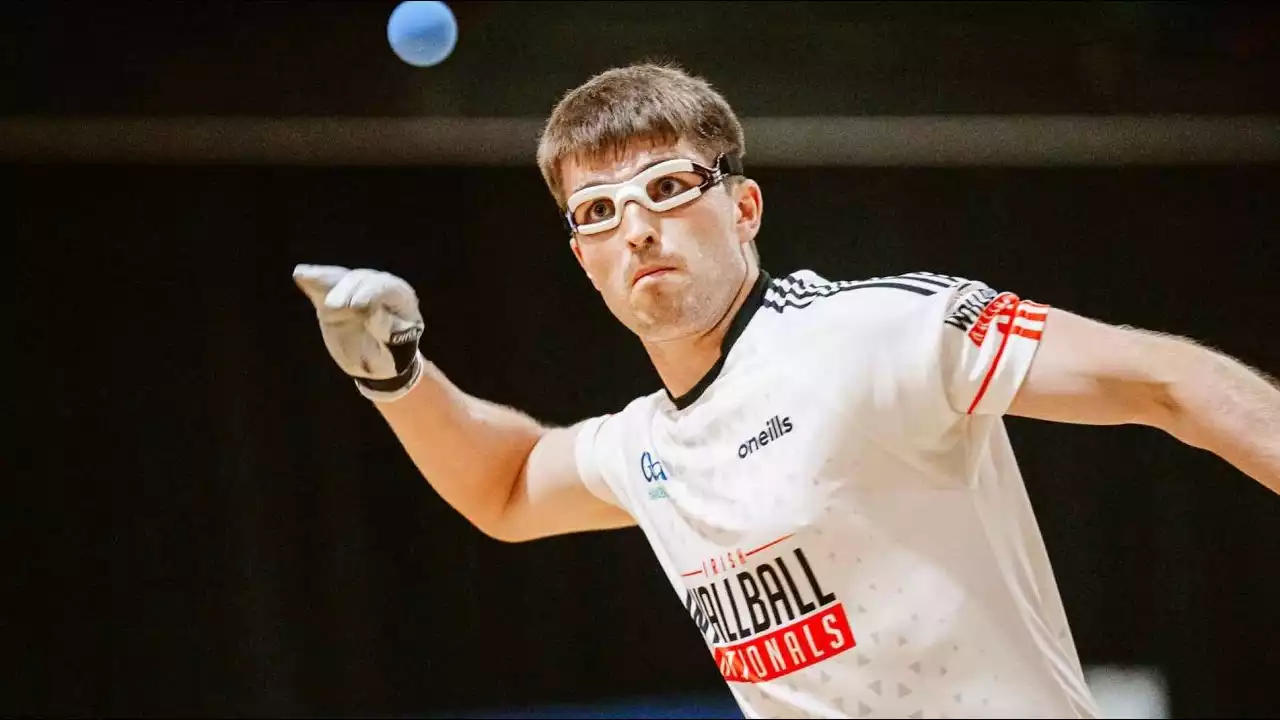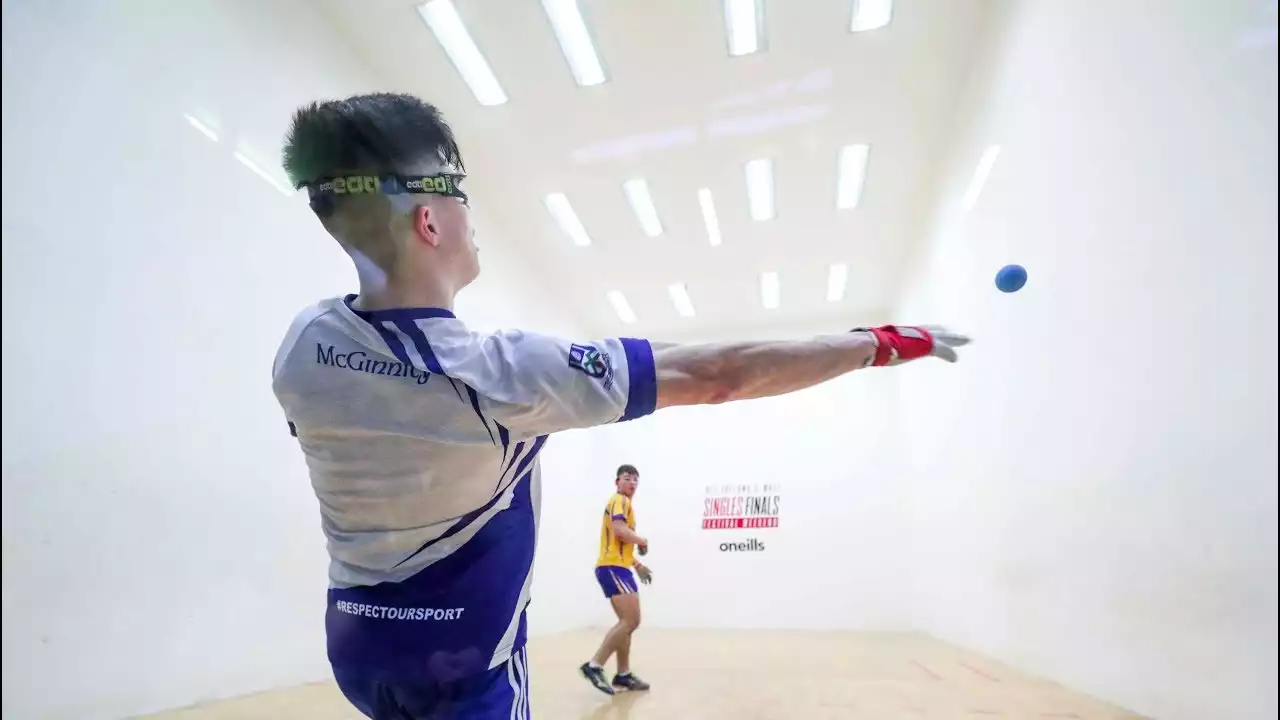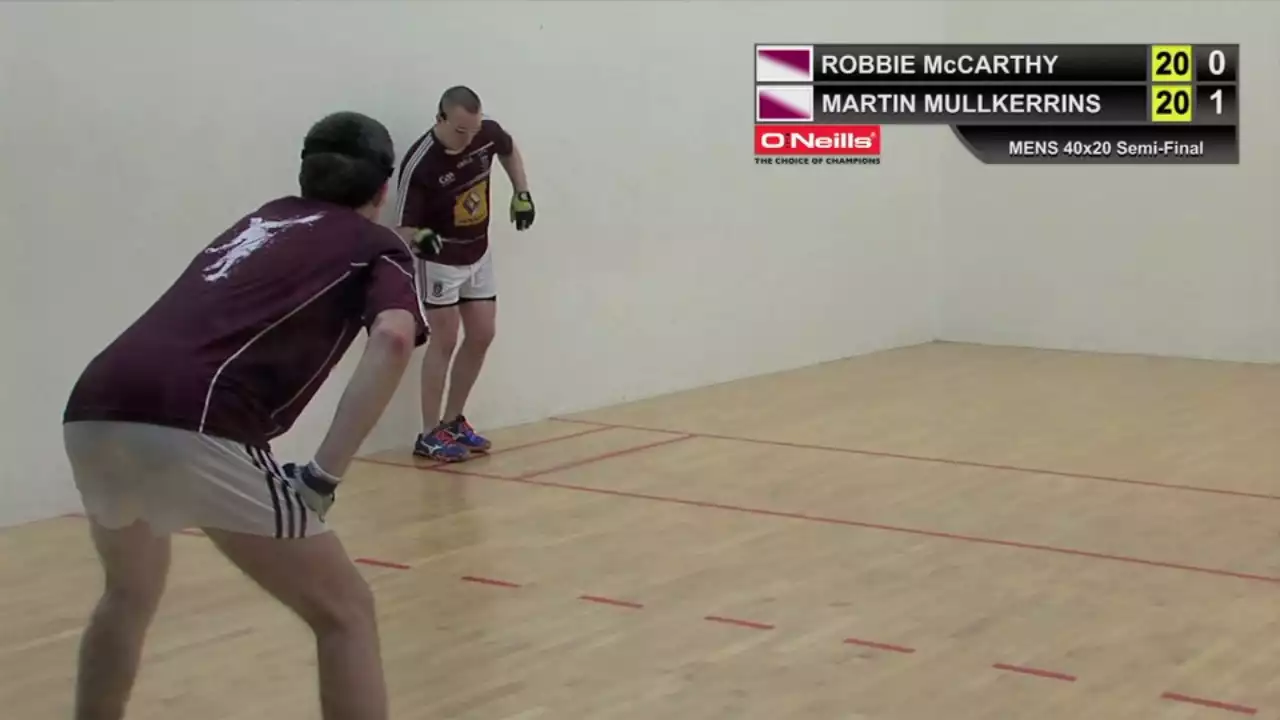What is Gaelic handball?
Gaelic handball is a fast-paced sport that originated in Ireland and has gained popularity worldwide. It is played on a court with a front wall, side walls, and a back wall. The objective of the game is to hit the ball against the front wall in a way that makes it difficult for the opponent to return it. The ball must be hit above a designated line, and the player who fails to return the ball loses the point. Gaelic handball can be played in singles, doubles, or four-wall games, and it requires a combination of speed, accuracy, and strategy.
History of Gaelic handball
Gaelic handball has a rich history dating back several centuries. The origins of the sport can be traced back to ancient Ireland, where it was played as a form of entertainment and a way to improve hand-eye coordination. Over time, Gaelic handball evolved into a competitive sport, with organized tournaments and championships being held. Today, Gaelic handball continues to thrive, with players from all over the world participating in the sport and showcasing their skills.
Rules of Gaelic handball
To play Gaelic handball, it is essential to understand the rules of the game. The basic rules include hitting the ball against the front wall, allowing it to bounce once, and then returning it before it bounces twice. Players can use their hands, wrists, or fists to hit the ball, but they cannot catch or carry it. The ball must be hit above the designated line on the front wall, and the server must hit the ball so that it lands beyond the short line on the floor. Points are awarded to the player who successfully returns the ball in a way that makes it difficult for the opponent to return it. The first player to reach a predetermined number of points wins the game.
Equipment needed for Gaelic handball
Gaelic handball requires minimal equipment, making it accessible to players of all ages and skill levels. The primary equipment needed includes a handball, gloves, and appropriate footwear. The handball used in Gaelic handball is small and dense, allowing for fast-paced play and precise shots. Gloves are worn to protect the hands and provide a better grip on the ball. It is essential to wear comfortable footwear that provides good traction on the court, as quick movements and sudden changes in direction are common in Gaelic handball.
Basic techniques and skills in Gaelic handball
To excel in Gaelic handball, players must develop a range of techniques and skills. These include proper hand positioning, footwork, and shot selection. Hand positioning is crucial in Gaelic handball, as it allows players to generate power and accuracy in their shots. Footwork is essential for quick movements and efficient court coverage. Shot selection involves choosing the appropriate shot depending on the situation, such as a kill shot to end a rally or a defensive shot to keep the ball in play. Developing these techniques and skills takes time and practice but will greatly enhance a player's performance in Gaelic handball.
Positions in Gaelic handball
Gaelic handball can be played in singles, doubles, or four-wall games, each with its own set of positions. In singles, there is only one player on each side of the court. The positions in singles include the server, receiver, and backcourt player. In doubles, two players form a team, with one player in the frontcourt and the other in the backcourt. The positions in doubles include the server, receiver, and frontcourt/backcourt players. In four-wall games, four players form a team, with two players in the frontcourt and two players in the backcourt. The positions in four-wall games include the server, receiver, frontcourt, and backcourt players. Each position has its own responsibilities and contributes to the overall strategy of the game.
Strategies and tactics in Gaelic handball
Gaelic handball is not just about hitting the ball against the wall; it also requires strategic thinking and tactical awareness. Players must anticipate their opponent's shots, adapt to changing situations, and exploit weaknesses in their opponent's game. Some common strategies and tactics in Gaelic handball include using angles to make shots difficult to return, applying pressure by hitting the ball with pace, and varying shot selection to keep the opponent guessing. Developing a strong strategic mindset and tactical awareness is essential for success in Gaelic handball.
Gaelic handball competitions and events
Gaelic handball has a vibrant competitive scene, with numerous tournaments and events taking place throughout the year. These range from local club competitions to national and international championships. Some of the most prestigious Gaelic handball events include the World Handball Championships, the All-Ireland Handball Championships, and the European Handball Championships. These competitions attract top players from around the world, providing an opportunity to showcase their skills and compete at the highest level. Participating in Gaelic handball competitions can be a thrilling experience and a great way to measure one's progress in the sport.
Benefits of playing Gaelic handball
Playing Gaelic handball offers a wide range of benefits for both physical and mental well-being. The fast-paced nature of the game provides an excellent cardiovascular workout, helping to improve stamina and endurance. Gaelic handball also enhances hand-eye coordination, reflexes, and agility. The strategic and tactical aspects of the game improve mental sharpness and decision-making skills. Additionally, Gaelic handball fosters a sense of camaraderie and sportsmanship, as players often compete in teams and support each other's development. Overall, Gaelic handball is a challenging and rewarding sport that offers numerous health and social benefits.









